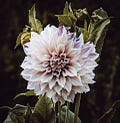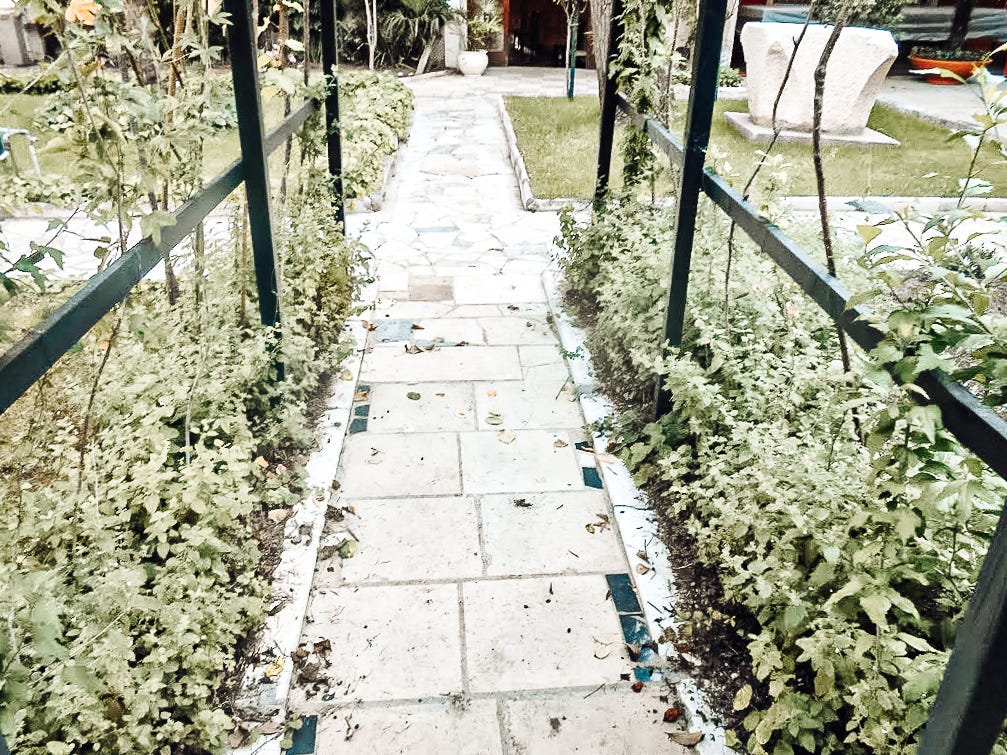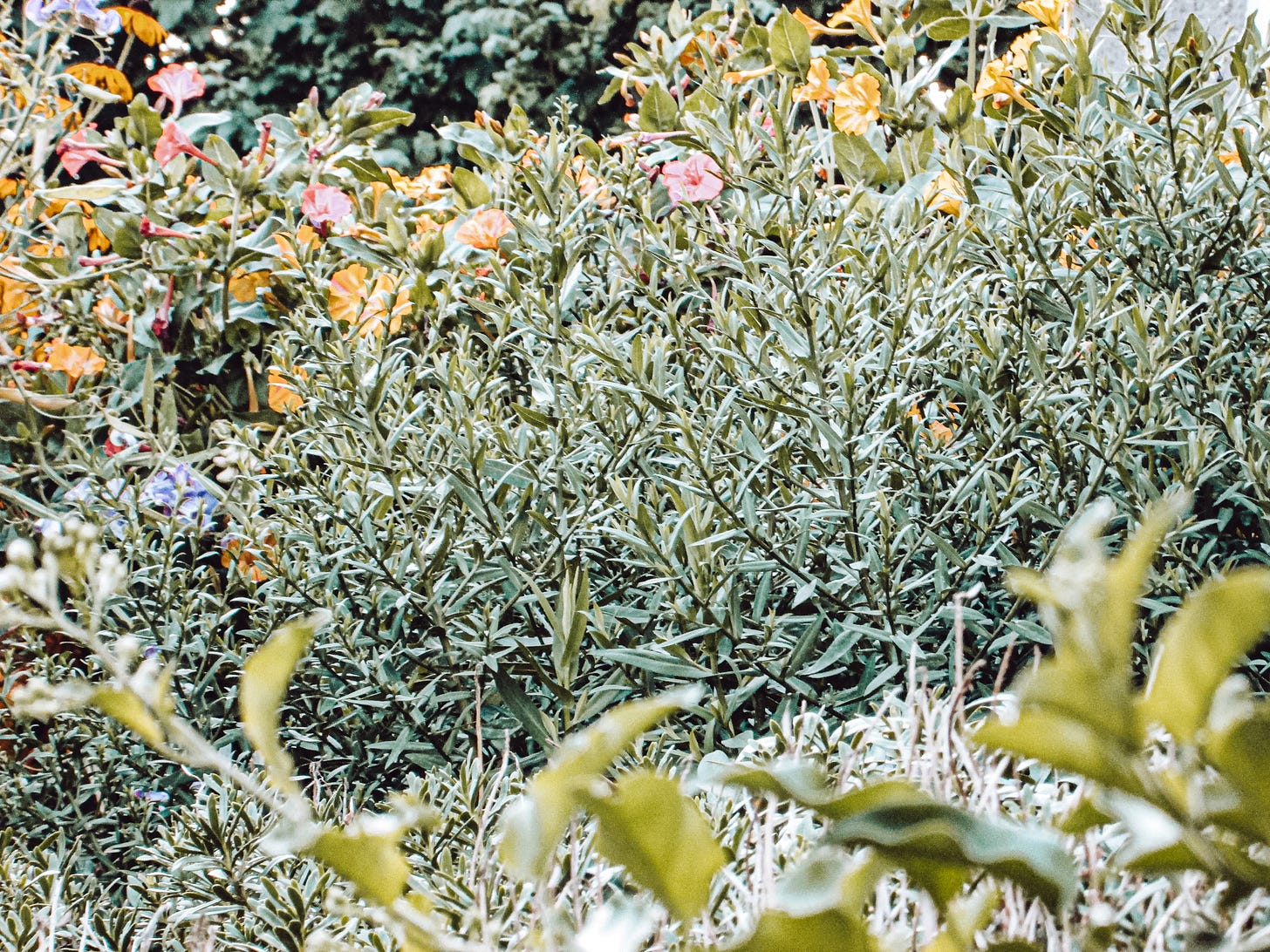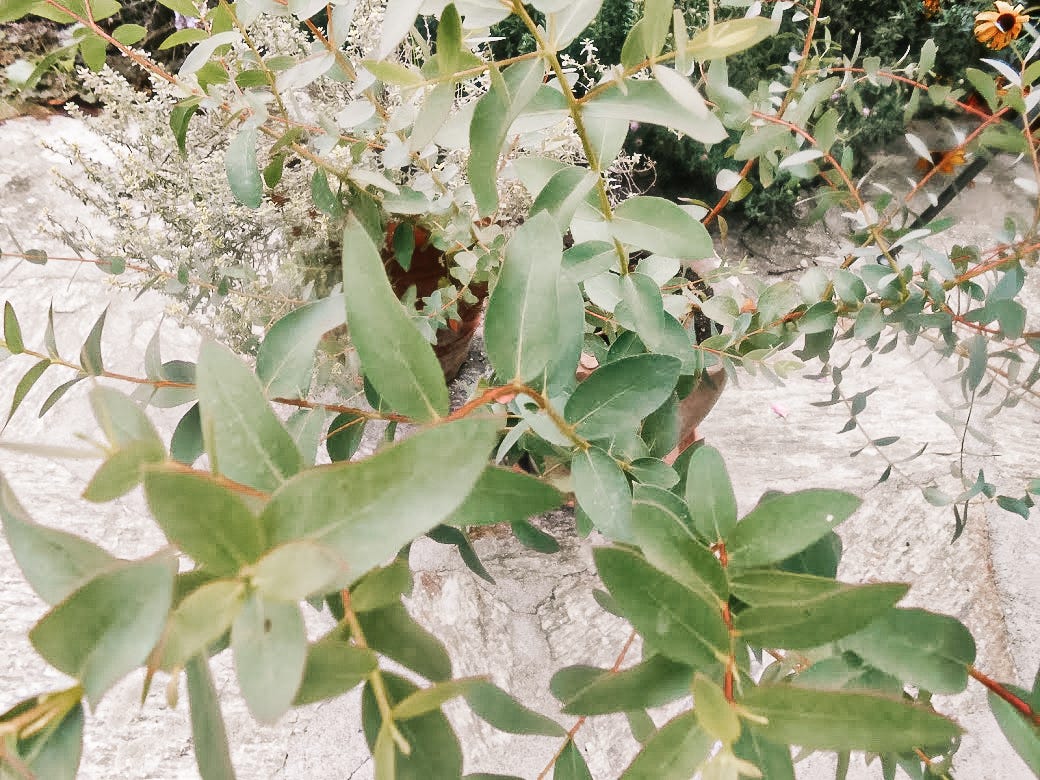My Venetian Fall Garden
Abitare nel verde: Autumn impressions from Venice, home-made eucalyptus drinks, and Nonna's secret to make autumn-flavored minestra.
Tiny blossoms of sedum spectabile gradually changing color from emerald green to deep purple. Violet carpets made from aster dumosus - now blossoming in the barene (salt marshes of the Venetian Lagoon) but also in a sunny corner of Nonna’s herb garden.
And then we still have bella di notte (mirabilis jalapa) blossoms, opening at dusk and closing at dawn just like they did in summer.
So many details to watch now that the garden looks better following those dry summer days.
In September, Venetian gardens - and green campi 1 - look so refreshed and less fatigued from too much sunshine during summer: Thunderstorms usher in the cooler season, bringing on windy weather and light morning mist rising up from the canals.
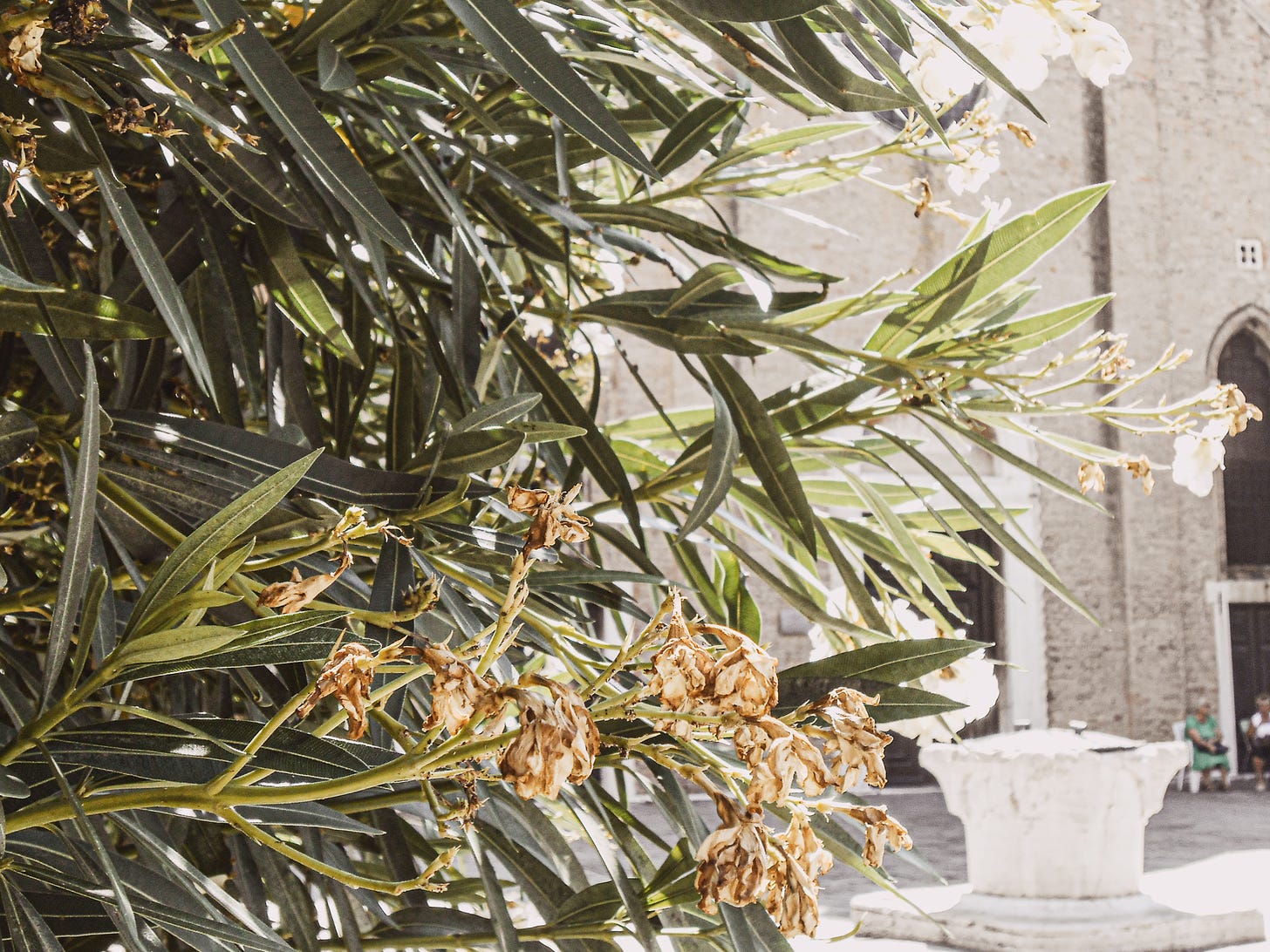
Take Nonna’s herb garden, for example, looking like a miniature jungle: Menta siciliana (sicilian mint) is now fighting for space with cumino blossoms. Behind them, a peperoncino (yellow pepper) plant is growing new fruit, which Nonna harvests in the morning. Peperoncino might even become a rising star in our fall kitchen ..
Tarragon and lovage grow lots of new leaves, stretching rather ruthlessly across the courgette plant. Both herbs are part of our autumn bouquet garni, whose recipe you’ll discover below: They go into Nonna’s home-made minestra (veggie soup) made from ingredients growing in the garden.
Since Nonna opened her first restaurant in 1945, she had been making her own bouquet garni to flavor delicious and healthy minestra, or pasta dishes like pasta alle vongole (pasta with clams).
The composition of her bouquet garni changes almost daily, using whatever is available in the herb garden. The only ingredients that never change are sale marino grezzo (coarse sea salt) and pepe bianco (white (!) pepper). Also changing with the seasons is our home-made spice mix, reflecting the mood of the day.
For example, on a rainy September day, we’d add home-made curry mix and dried cumino seeds to the bouquet garni. And lovage as main ingredient. Nonna’s “early fall minestra” is also flavored with huge cuore di bue tomatoes from the vegetable garden. This is of course a common method to make minestra in Venice, each family in our neighborhood have their own recipe!
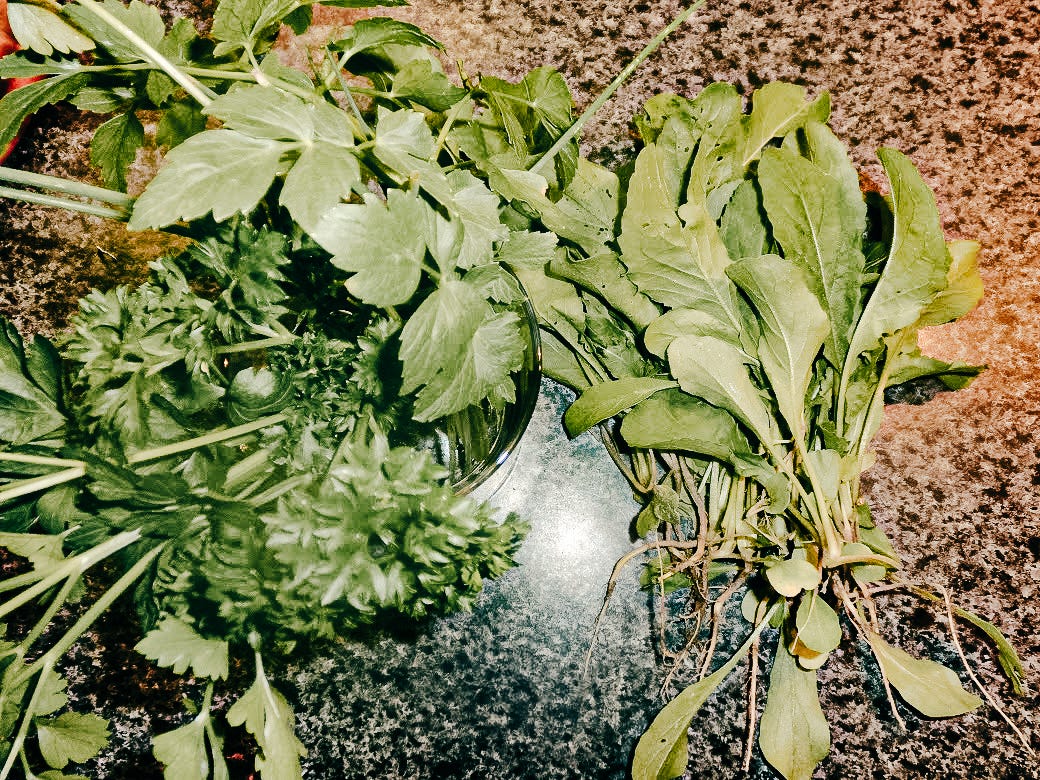
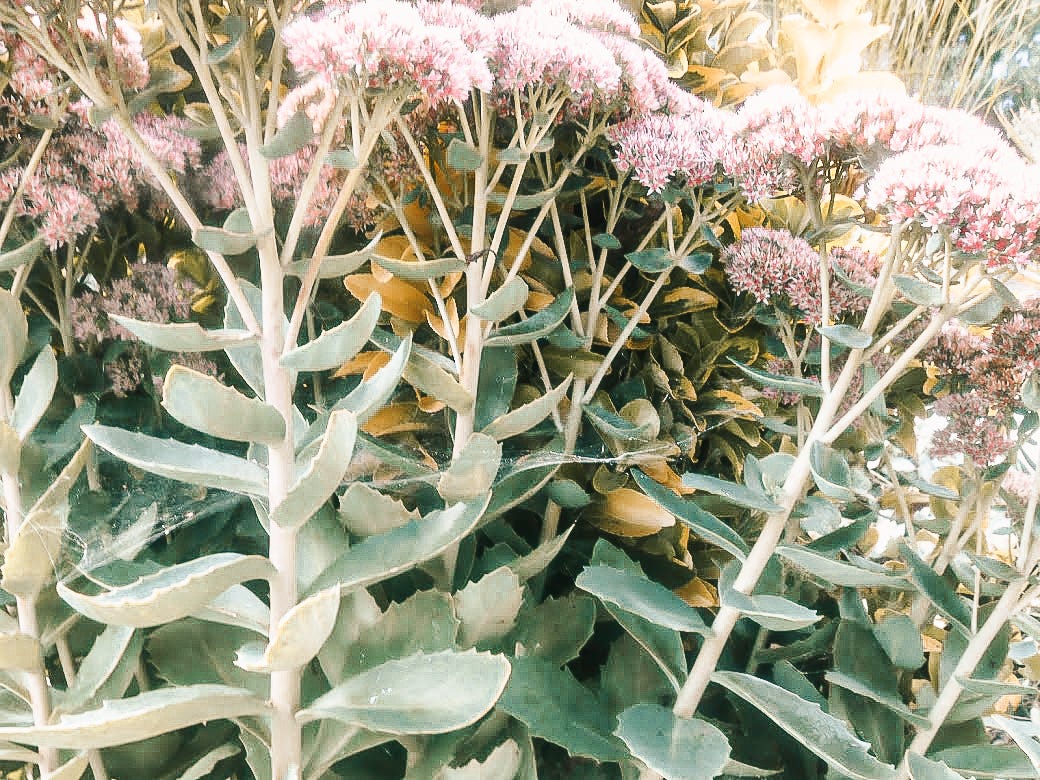
When days start out rainy in September, characterized by bluish low-hanging clouds above the Lagoon, we’re craving for comfort food and drinks! Favorite ingredients for such a drink are the leaves of eucalipto - eucalyptus, having grown lots of silvery leaves during the past few weeks.
The story of eucalyptus in the Mediterranean is somewhat special: Given the latitude of the northern Adriatic Sea and Lagoon of Venice, you wouldn’t expect plants from the Levant and south-eastern Mediterranean taking well here. Yet, until the year 1797, lots of exotic spices were thriving in the giardini botanici - botanical gardens in Venice, mostly private gardens belonging to noble families. To discover more, please read our article When spices were cultivated in Venice.
Our eucalipto was quite tall before having been damaged in the flood (acqua granda) in November 2019 that also hit the San Zaccaria garden. We were able to save its trunk, and here it is, slowly recovering and growing new leaves and tiny branches.
Eucalyptus seeds were first discovered by Venetian merchants at the markets of Damascus and Aleppo in the 12th century, where loads of herbs, seeds and spices from Asia and Indonesia were available. The merchants, collecting exotic spices and seeds, brought them to the Lagoon, where eucalpytus trees turned out quite useful because of their balsamic and insect-repelling properties. Nevertheless, only few of these trees live in the Lagoon, unlike in other parts of Italy:
Until 100 years ago, eucalyptus trees were planted in Italy to drain swamps, like those in Latina south of Rome, because the deep roots of eucalyptus soak up humidity, making the environment less malaria-ridden.
In the Lagoon of Venice, eucalyptus was not used for this purpose but became an ingredient in the kitchen and cosmetics manufacturies: For example, eucalyptus was used to make cooling drinks (sciroppo - syrup) in summer. Or, delicious morning tea!
Tè all’eucalipto - Eucalyptus-flavored tea
1 eucalyptus leaf per cup (freshly picked or dried)
1 teaspoon black tea
1 cup of water
Freshly pressed lemon juice
Blossom honey as you wish
Bring the water to the boil, add the eucalyptus leaf, a teaspoon of your favorite breakfast tea (Darjeeling works fine but I don’t use Assam as the flavor of eucalyptus turns out too weak), and leave to stand for five minutes.
Remove the leaf, strain the tea, add blossom honey (eucalyptus honey would be perfect!) and a teaspoon of freshly pressed lemon juice (optional). In less than a minute, it’ll bring back all the energy of summer :-)
You could accompany this tea with eucalyptus - flavored baicoli, Venetian cookies exceptionally flavored with home-made eucalyptus syrup - recipe’s coming soon! Or, enjoy a garden breakfast like the one:
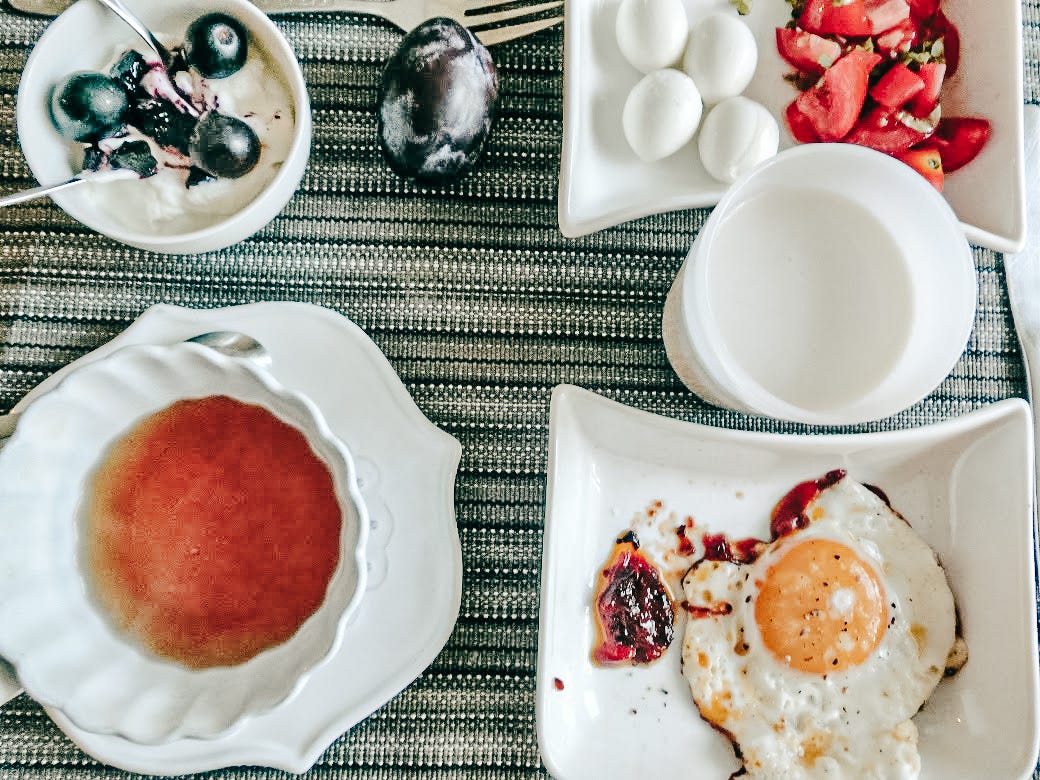
Il campo: Venetian term for “piazza” or “square”.


